Field oriented control (FOC) of permanent magnet synchronous machine (PMSM)
The Field-Oriented Control (FOC) method is a motor control strategy that orients the stator current vector in a rotating reference frame of the machine.
These notes present solutions for the implementation of control software, with practical, imperix-related aspects in mind. They mostly focus on one specific subsystem and may link to other technical notes if needed. Technical notes are application-independent.
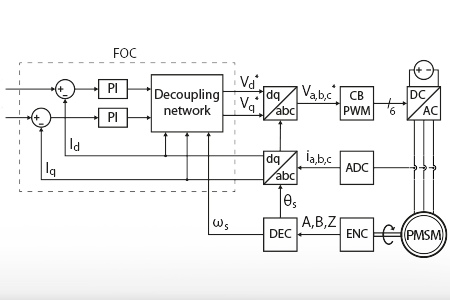
The Field-Oriented Control (FOC) method is a motor control strategy that orients the stator current vector in a rotating reference frame of the machine.
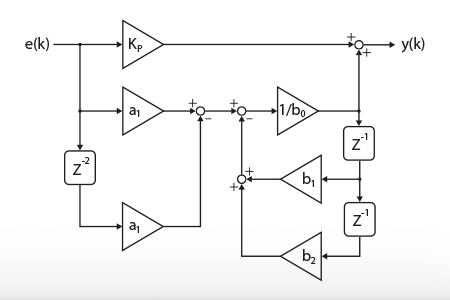
A proportional resonant control can be seen as the implementation of PI controllers within a rotating reference frame (dq), which allows to re-locate the infinite DC gain at desired frequency.
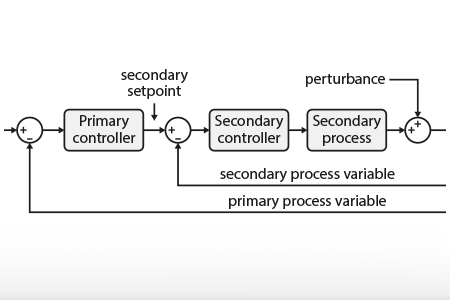
This note introduces the general operating principles of cascaded control and then details a possible design methodology. Then, an example of cascaded voltage control for a boost converter is provided.
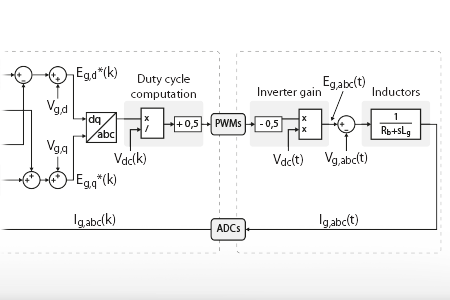
Vector current control is a widespread current control technique for three-phase AC currents, which uses a rotating reference frame, synchronized with the grid voltage (dq-frame)
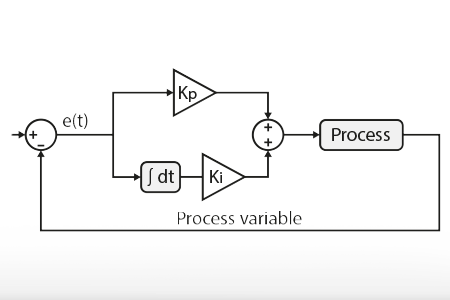
This note introduces the general operating principles of a simple Proportional-Integral PI controller. An example of current control for a boost converter is provided, along with a practical control implementation.
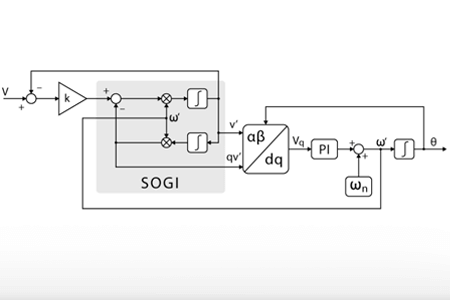
Second-order Generalized Integrators (SOGI) have recently been proposed for use as phase detectors for PLL implementations. These structures are essentially notch filters (band-pass) that can be easily tuned to the grid frequency.
End of content
End of content